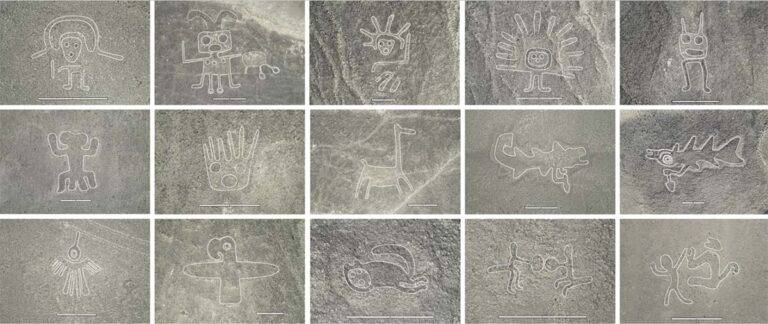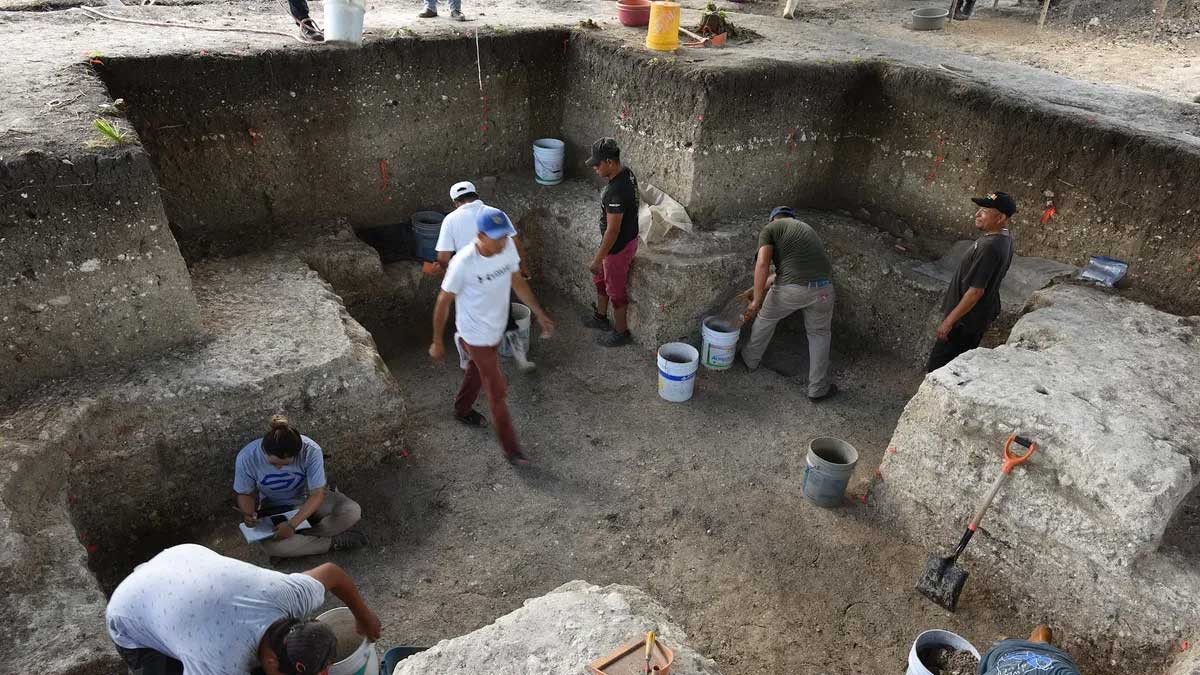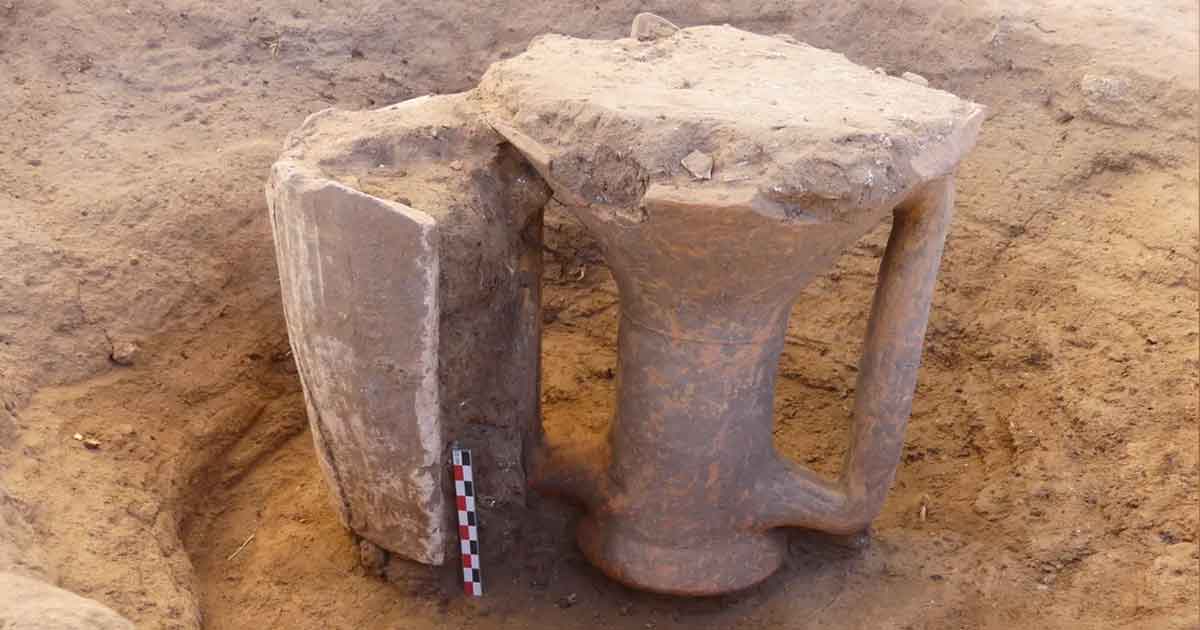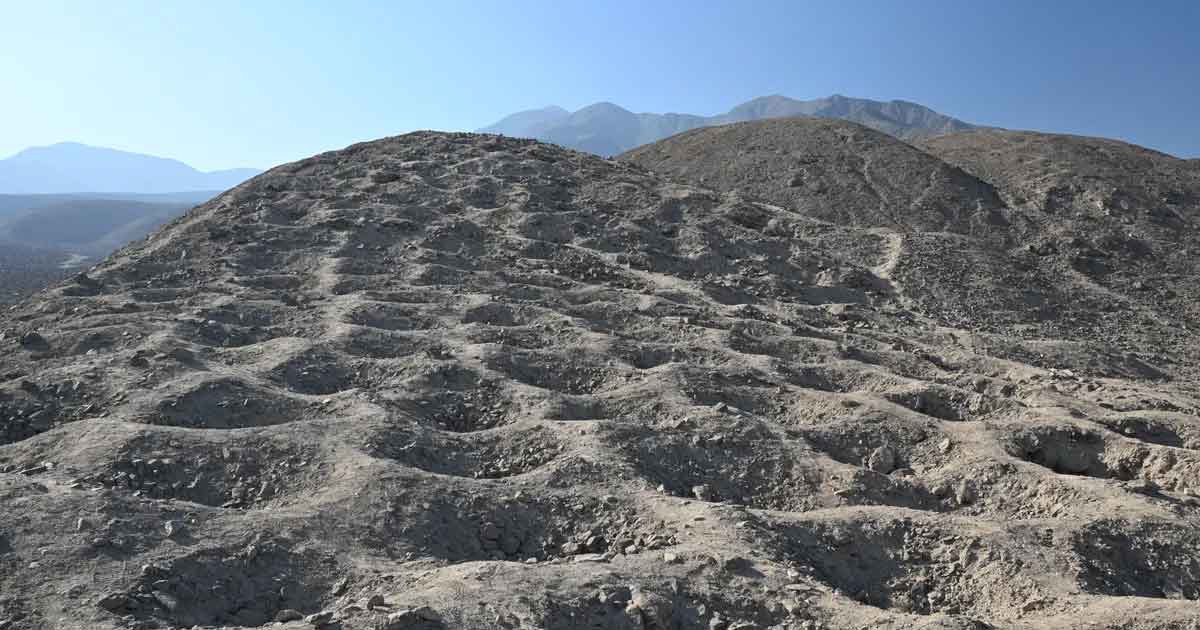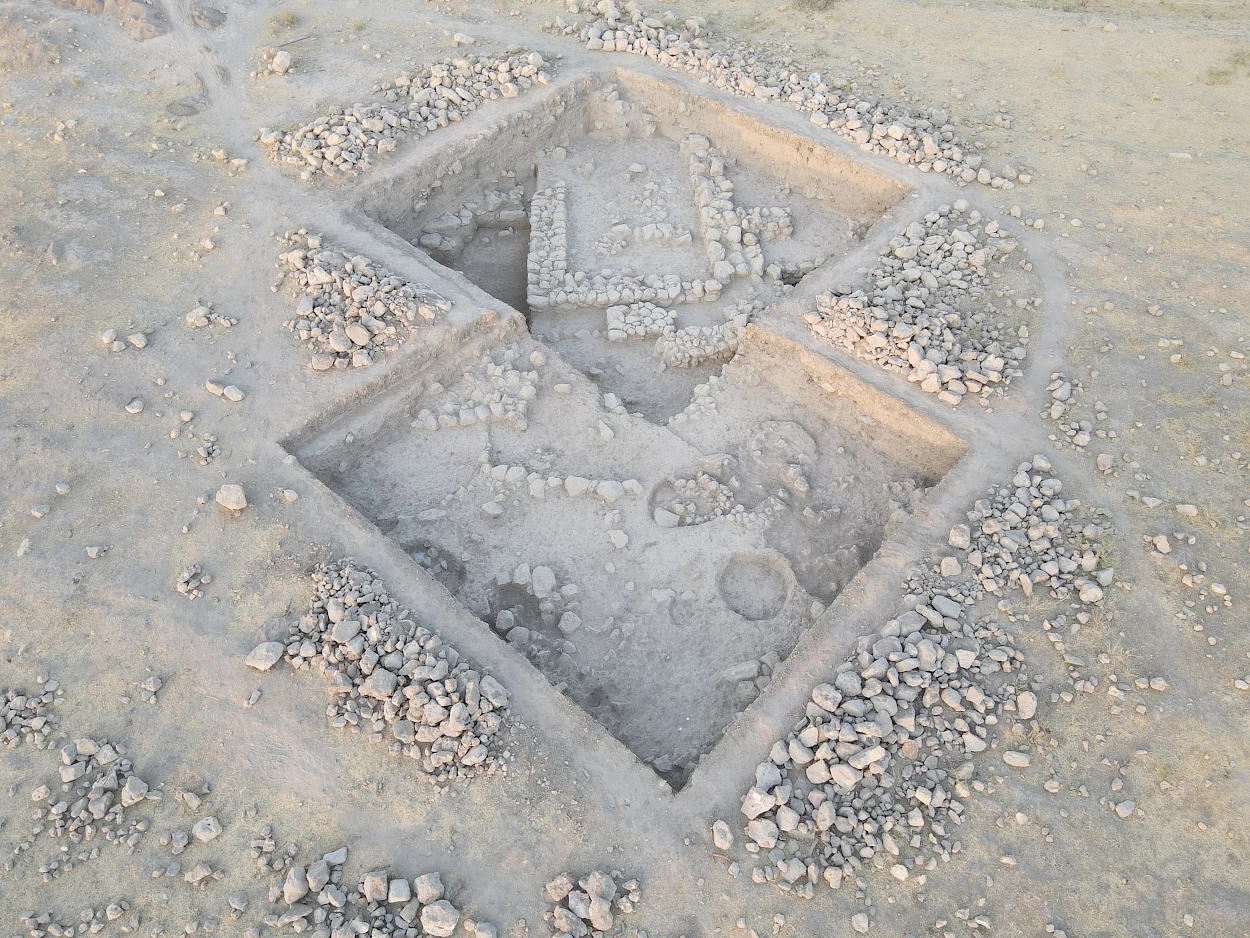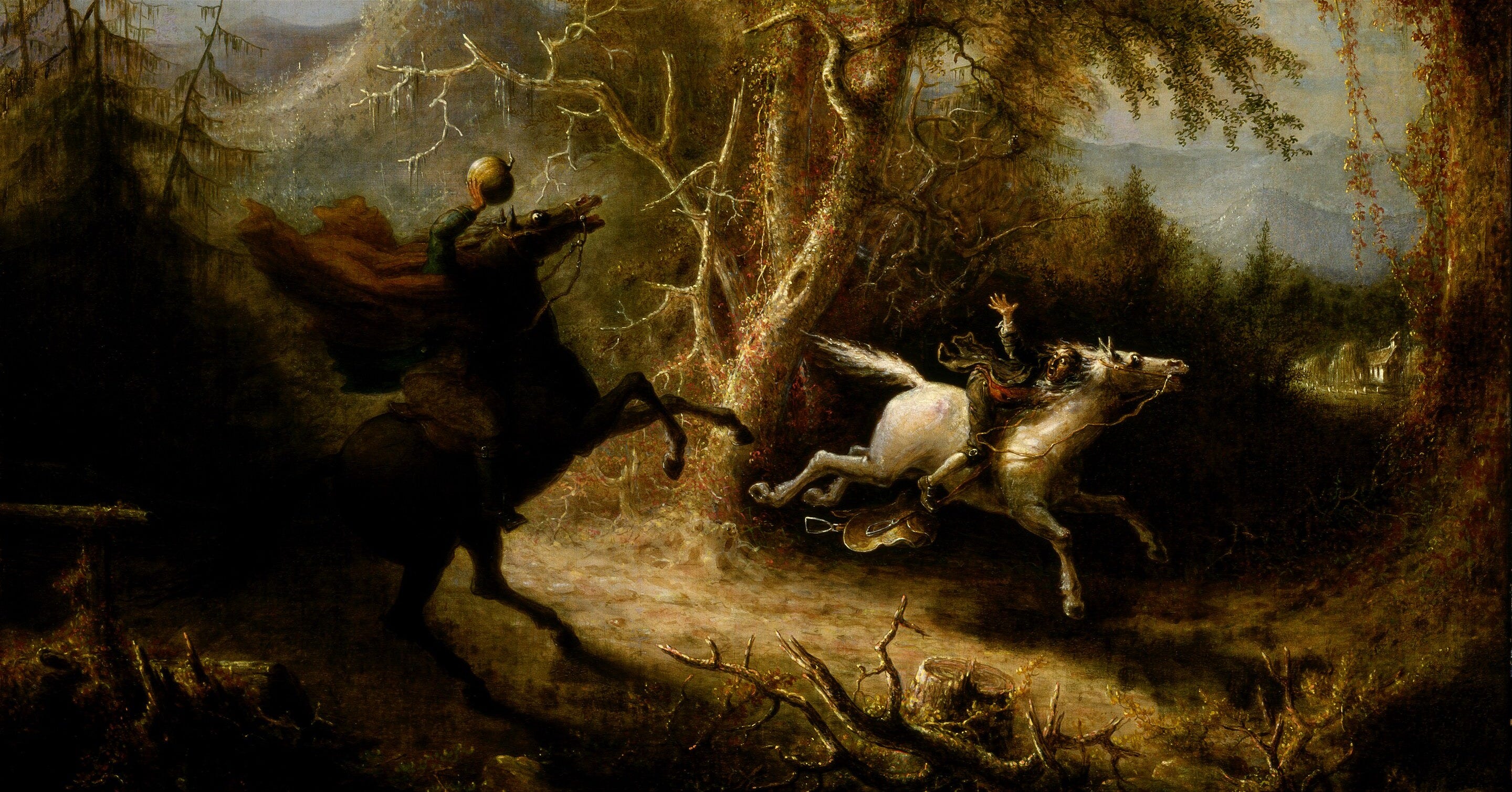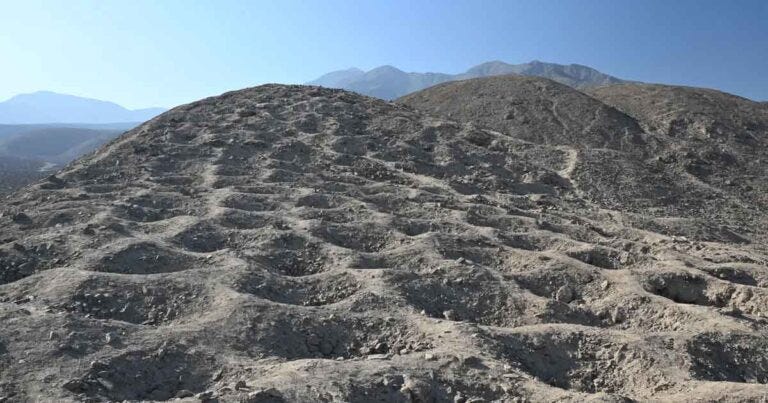The Nazca geoglyphs are an enduring puzzle. We do not really understand why these ancient peoples in the south of what is now Peru traced enormous patterns on the barren plains of their homelands, nor even how they were supposed to be viewed.
In fact, this is the core mystery at the heart of the Nazca lines. Anyone who wants to view these tracings, to appreciate the monkey, the hummingbird, and the many other anamorphic designs etched into the dusty plateau is best advised to do so from the air. It is the only way to see them, and it was something the Nazca themselves could never do.
In a century of study, some 430 geoglyphs have been catalogued. But not, almost overnight, a team of researchers led by Masato Sakai of Japan’s Yamagata University have used AI tools to find more than 300 more, according to a paper published in PNAS.
- The Jersey Devil: Unpicking the History Behind the Mystery
- Silphium: Can We Rediscover the Roman Wonder Drug?
The geoglyphs were there all along, apparently, disguised by dust and age and almost invisible against the grey background. But they are very different to those which were already known, and this difference may finally shed light on the mystery of their purpose.
Many of the new finds depict humans, in stark contrast to the classic designs which are usually of wild animals. Furthermore these designs are generally smaller, and are found clustered next to the more abstract designs, those that form simple shapes or straight lines.
It has been theorized that the designs, which almost always consist of a single line tracing a form, were used for ritual processions, following the form from a clear starting point until the entire thing had been traced. If this is the case than the new discoveries may form part of that ritual, in combination with the larger designs.
The designs are also more fanciful and freeform, even including several attempts at a design suggesting that the straight lines which characterize the larger designs may have come from necessity in accurately tracing such a large form and that these needed to be perfected in miniature. And if nothing else, the sheer expressiveness of the new discoveries should offer a far deeper insight into the Nazca and their way of seeing the world around them.
Header Image: Some of the new Nazca designs discovered by AI. Source: PNAS.

